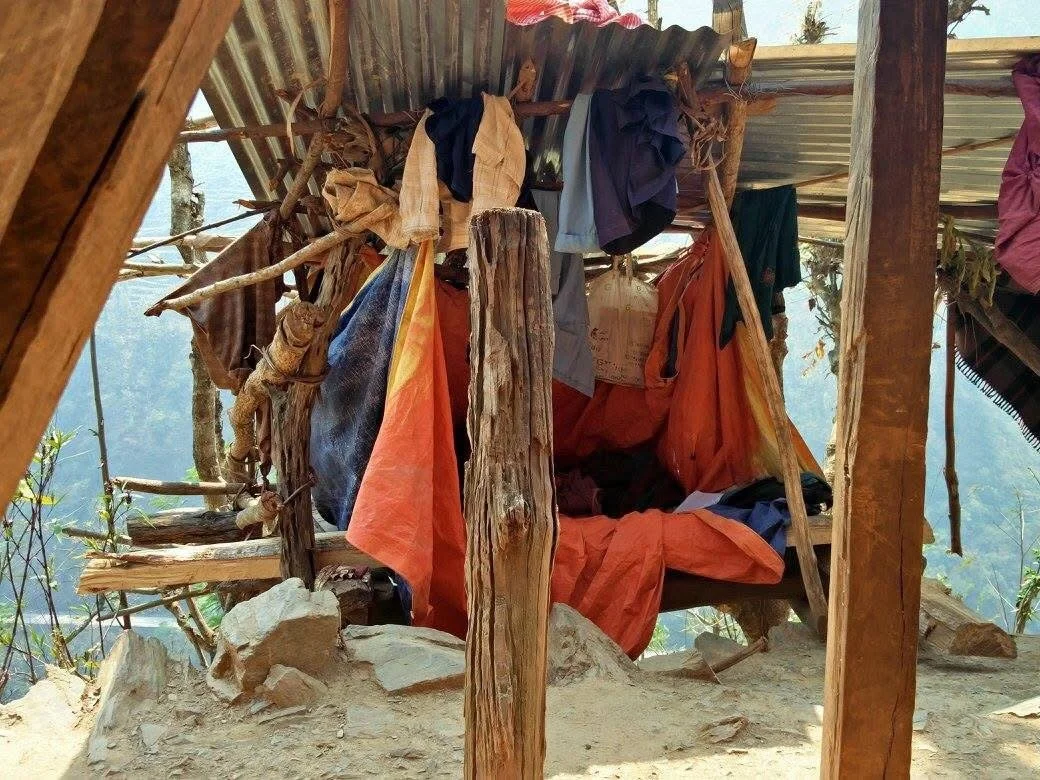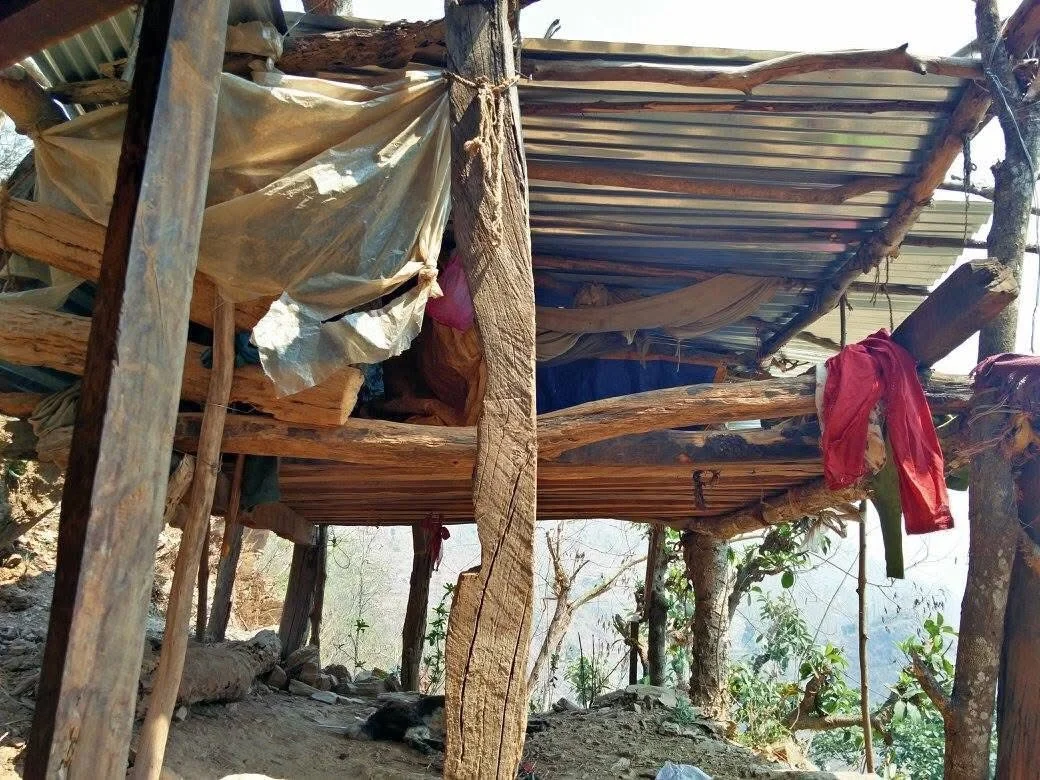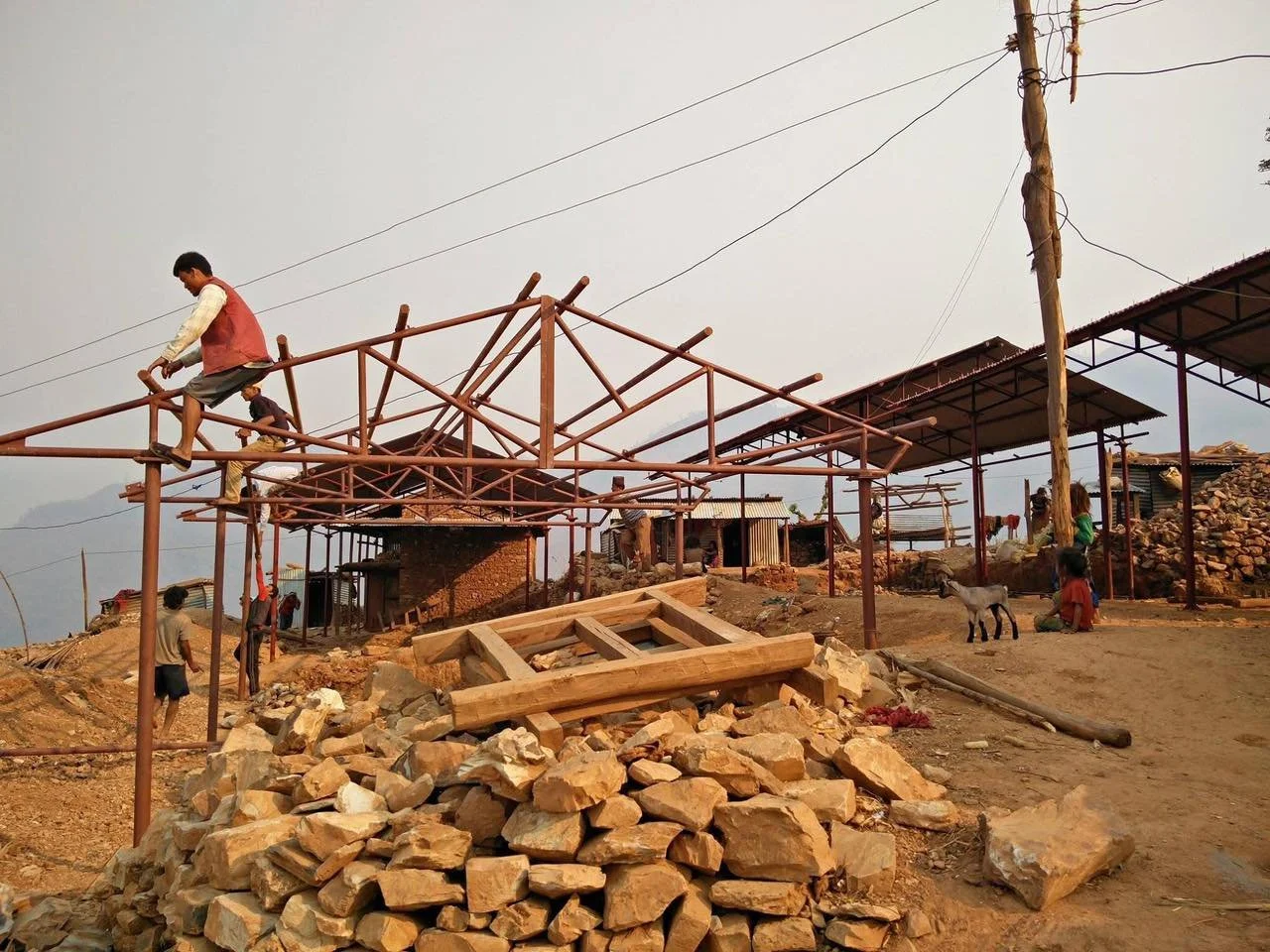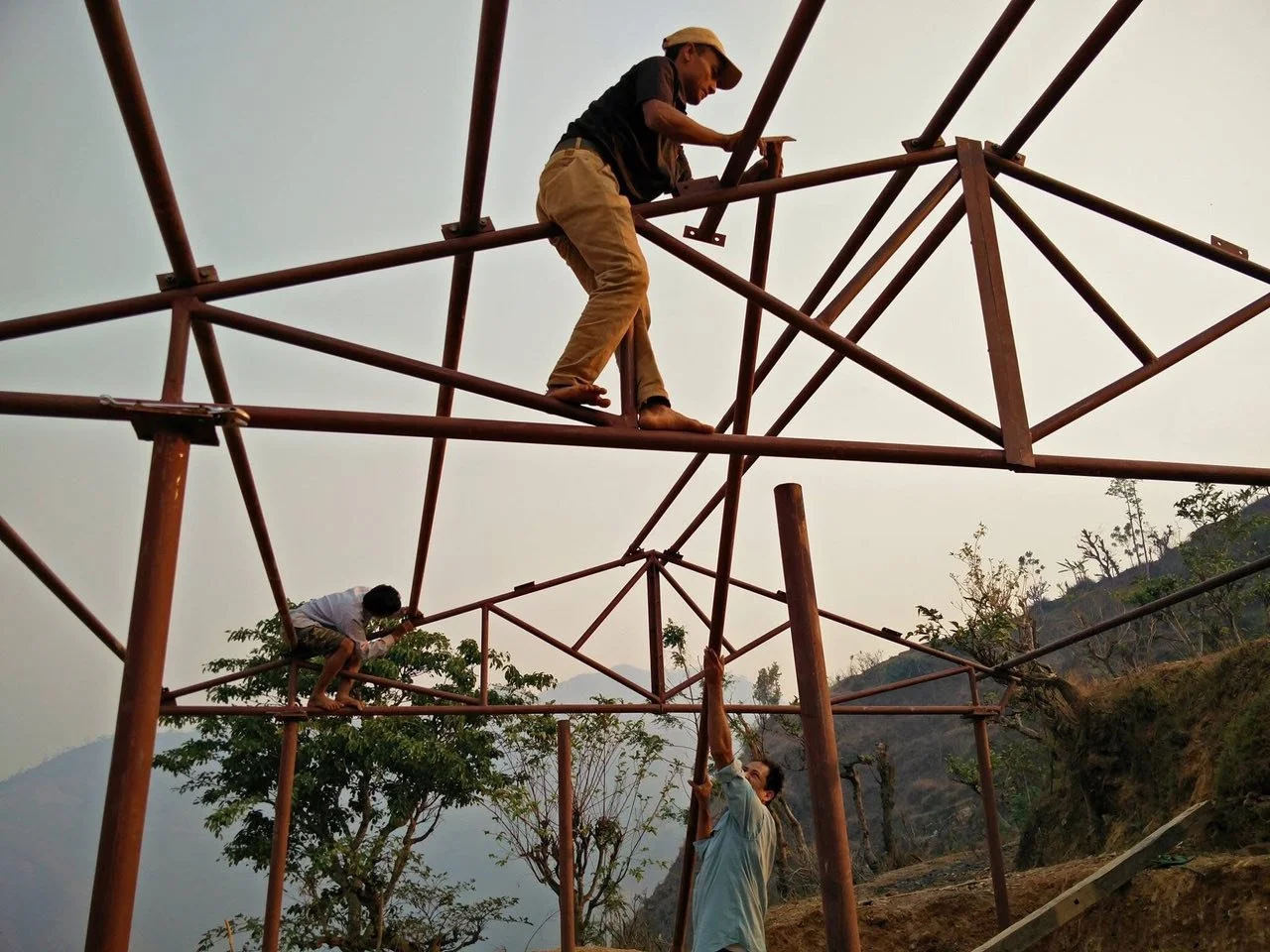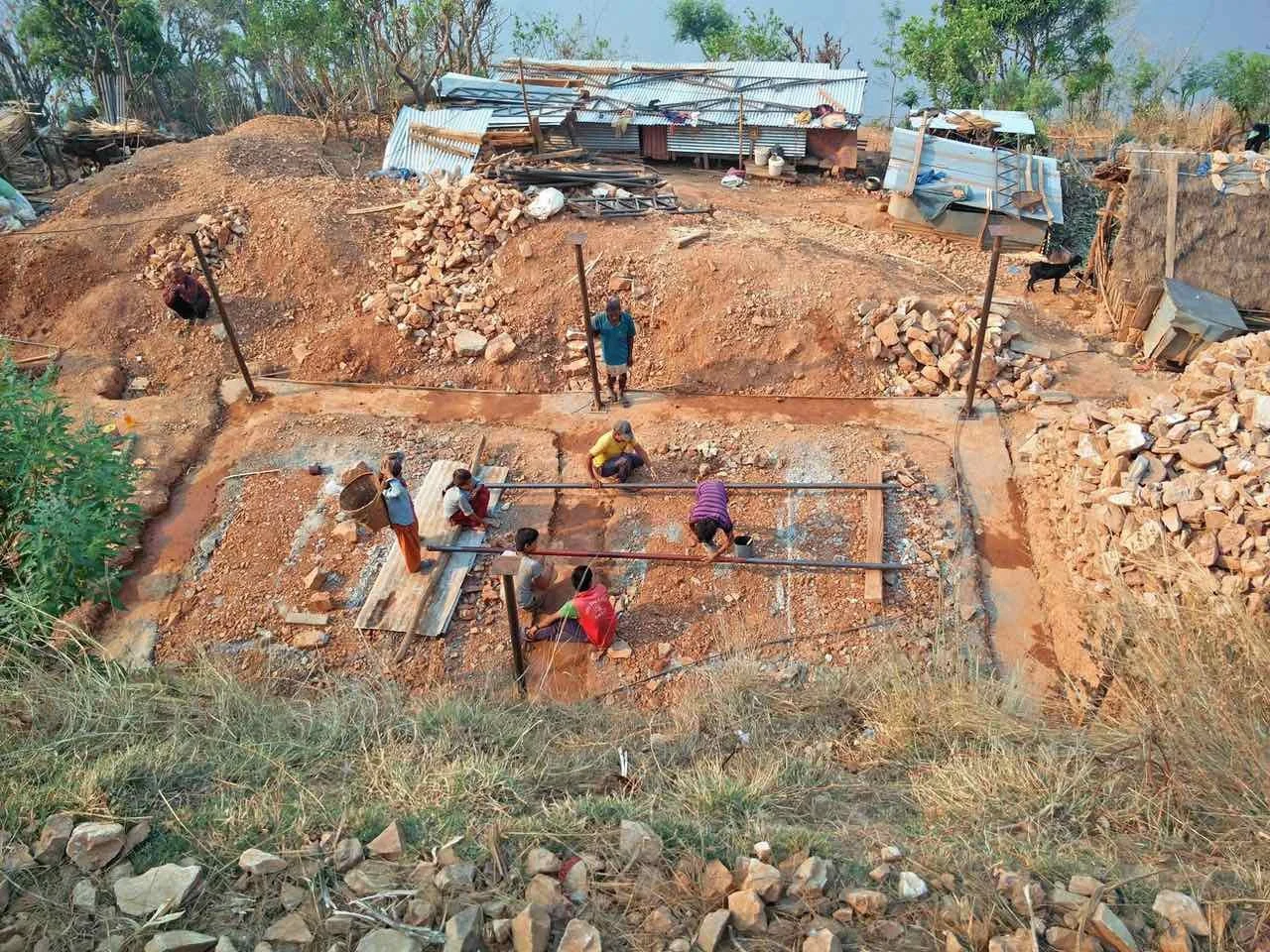
Thumka Village
Clinic Nepal’s Post-Earthquake Reconstruction Project
Clinic Nepal is there to help. Relief aid is support to communities affected by disasters, whether natural or human-made, to reduce suffering and assist in their recovery. Essential supplies like food, clean water, medical assistance, shelter, and sanitation are often the most important needs brought in the immediate aftermath of any crisis.
Since relief efforts are often complex, they require collaboration between Clinic Nepal, other Aid organizations, the Nepal government, and local communities to ensure that aid reaches those who need it most.
Rebuilding Thumka Village: Clinic Nepal’s Post-Earthquake Reconstruction Project
Following the devastating earthquakes of April 25th and May 12th, 2015, Nepal faced widespread destruction, leaving thousands homeless. Clinic Nepal mobilized, like many, to gather and distribute food and tarpaulins, helping where they could. Most times of natural disaster, Clinic Nepal steps in. And as the first supplies began to dwindle, Hari and the team felt they needed to do something more sustainable. Once the initial studies were done, the Nepali Army had assessed many of areas, and reached out to the individual Aid organizations seeking help. Among the hardest-hit areas was Thumka Village, high up in the remote Gorkha district, 5 hours away from Meghauli. Every house on this remote mountain top was reduced to rubble. In response, Clinic Nepal launched the Thumka Awas Nirman Aayojana, a project dedicated to rebuilding the village and restoring hope for its 280 residents, primarily from the Chepang community.
A Community Rebuilt
With the support of the residents and international donors, Clinic Nepal successfully constructed 31 earthquake-resistant houses and one community building. The villagers played an active role, collecting local materials, repurposing usable debris from the destruction, and transporting new materials up the mountain. The project was completed in 18 months.
Transporting supplies to the remote, hilly village was no easy task. Materials such as cement, metal pipes, corrugated tin roofing, and tools had to be carried by hand up steep terrain after crossing the Trishuli River. Throughout the project, modifications were made to better suit the villagers' needs. At their request, outdoor kitchens and enclosed latrines were incorporated into the designs, ensuring the homes aligned with their traditional lifestyle. This culturally sensitive approach not only improved living conditions but also fostered a sense of ownership among the villagers.
When completed, Clinic Nepal hosted a house handover ceremony. Those in attendance included representatives from the Nepalese Army, local dignitaries, and international supporters, who gathered in Thumka to celebrate the successful completion of the project. During the house handover ceremony, each family received their new home, marking a fresh start.
The Thumka Awas Nirman Aayojana project not only restored homes but also transformed lives. The project exceeded its initial goals, significantly improving living standards, health, and morale in the Chepang community. More than just houses, the initiative provided a renewed sense of hope, pride, and determination among the community. Clinic Nepal takes immense pride in having contributed to this remarkable transformation. The success of this project stands as a testament to the power of teamwork, resilience, and compassionate leadership in times of crisis.
Continued Support
Rebuilding Thumka village built a strong bond between Clinic Nepal and Thumka village. Every year, since (minus the Corona times), Clinic Nepal comes back to Thumka village, and sets up a remote Health Camp, to provide medical check-ups, drop off school supplies, and maintain friendships. At one of the early Health Camps, a village boy was diagnosed as having a severe heart defect. Seeing a need, Clinic Nepal staff delivered the boy to Kathmandu for a Medical checkup. Once in Kathmandu, the boy underwent open-heart surgery to help with his ailing heart. In 2025, during the yearly Health Camp, Hari found the boy who was now a young adult, fully recovered, and running the community store. Seeing that he still walked up and down the mountain weekly, carrying heavy loads, like everyone else. Hari thought there was no way he should need to continue stressing his body like that. Hari gave him a job at Clinic Nepal, ensuring he would not have to carry heavy loads anymore. The boy now lives in Meghauli, in the lowlands, doing odd jobs at the clinic, and now attending vocational training. He is one of the many examples of stories that weave the quilt of friendship over the last 30 years of Clinic Nepal.
